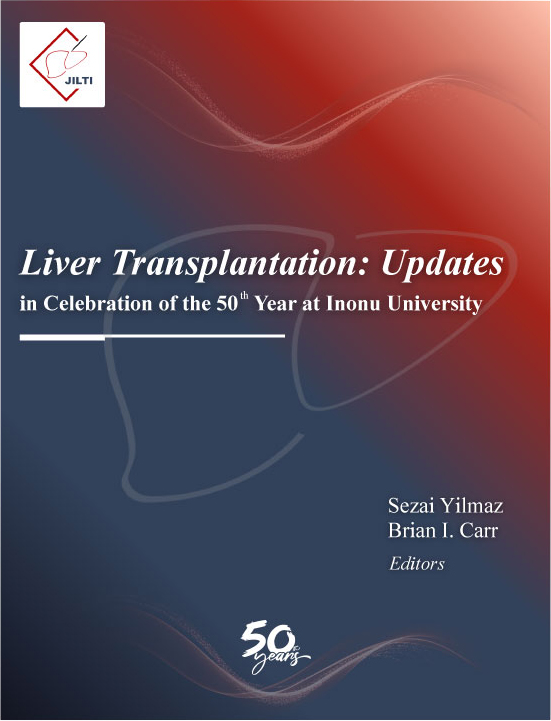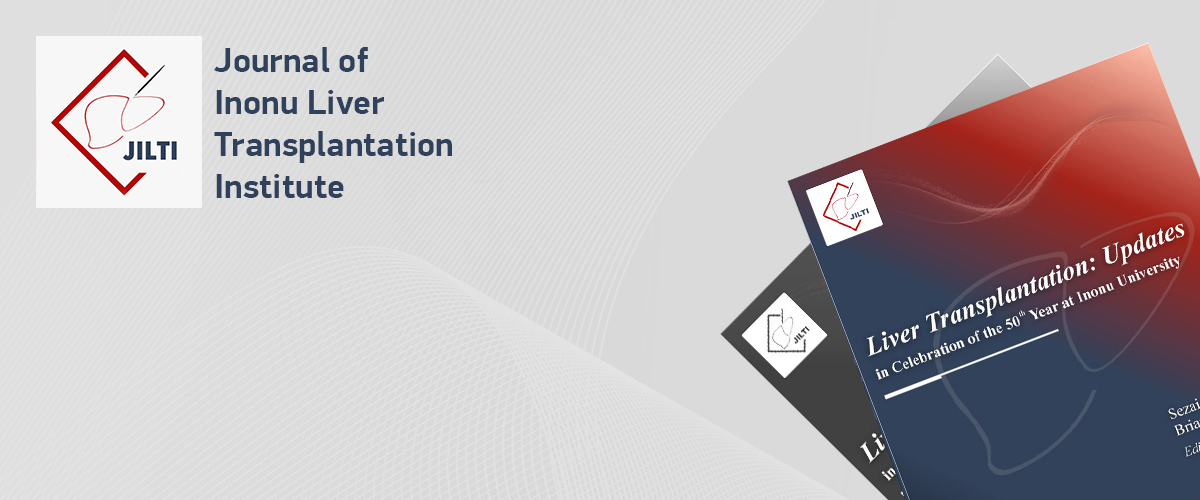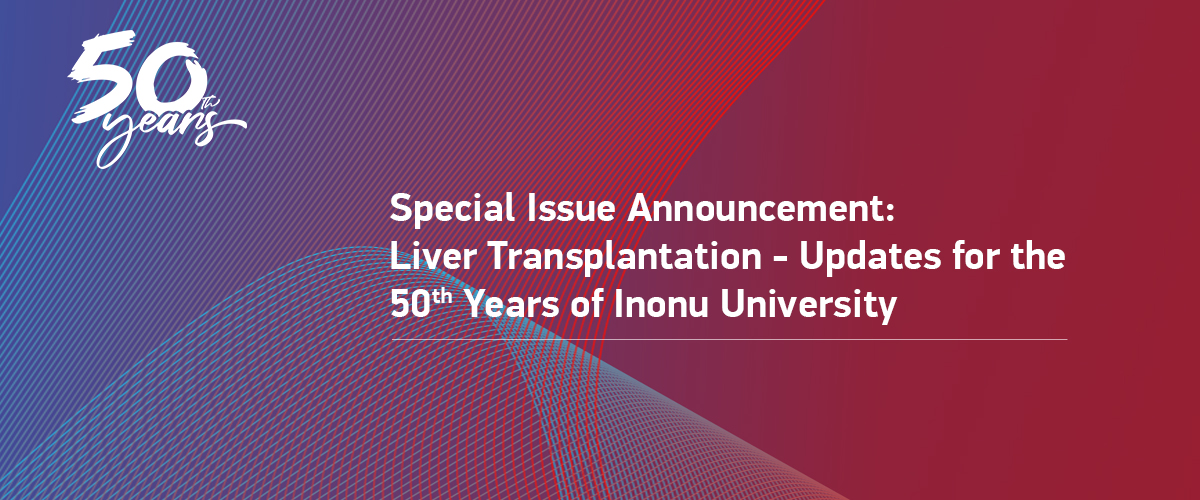Salvage Living Donor Liver Transplantation for Best Supportive Care Patients with Advanced HCC
Volkan Ince1, Fatih Ozdemir1, Sertac Usta1, Harika Gozde Gozukara Bag2, Brian Carr1, Burak Isik1, Sezai Yilmaz11Department of General Surgery, Inonu University, Liver Transplantation Institute, Malatya, Türkiye2Department of Biostatistics, Inonu University, Faculty of Medicine, Malatya, Türkiye
Objectives: Patients with advanced stage hepatocellular carcinoma (HCC) and liver decompensation have been suggested to receive best supportive care (BSC) according to BCLC algorithm and these patients have a median estimated survival of only 3 months (1). By contrast, living donor liver transplantation (LDLT) performed in a subgroup of BSC patients may not cure the advanced cancer, but it can cure the liver dysfunction. Thus, even if the tumor recurs after transplantation, patients can be treated with local or systemic therapies due to their good liver function, with potential for longer survival. The aim of this study was to compare the survival of BSC patients versus salvage LDLT (sLDLT).
Methods: The data of 492 LT patients with HCC were analyzed retrospectively from our databank, which is recorded prospectively and sequentially (2). Among these LDLT patients, those with Child class C and advanced stage HCC [beyond Expanded Malatya criteria] (3) without extrahepatic metastasis aged between 18-60 years were included in the study as the sLDLT group. The data of non-transplant HCC patients were also reviewed and BSC patients were included as BSC group. The survival of sLDLT and BSC groups was then compared.
Results: sLDLT group had 17 patients and BSC group had 48 patients. Median survivals were 1020 days (291.6 – 1748.4, 95% CI) in sLDLT group and 40 days (30.9 – 49.1, 95% CI) in BSC group. Hospital mortality (<90 days) in sLDLT group was 2 patients (11.7%), and in BSC group was 81.3% (39/48). Post-LDLT recurrence rate was 66.7% (10/15) and 3-year overall survival (OS) was 50%. We then dichotomized the LDLT group into >2 years and <2 years survival, patients who survive >2 years had significantly lower MTD (2.5 vs 7.5 cm, p=0.036) and lower platelet levels (60.5 vs 93, p=0.027)
Conclusion: No palliative treatment could result in 50% 3-year OS in the BSC patients. However, we could achieve 3-year OS of 50% in selected patients in the BSC group (No extrahepatic metastasis, Child C and ages between 18-60) by LDLT.
Keywords: BSC, Palliative, LDLT, live donor, macrovascular invasion
Manuscript Language: English





